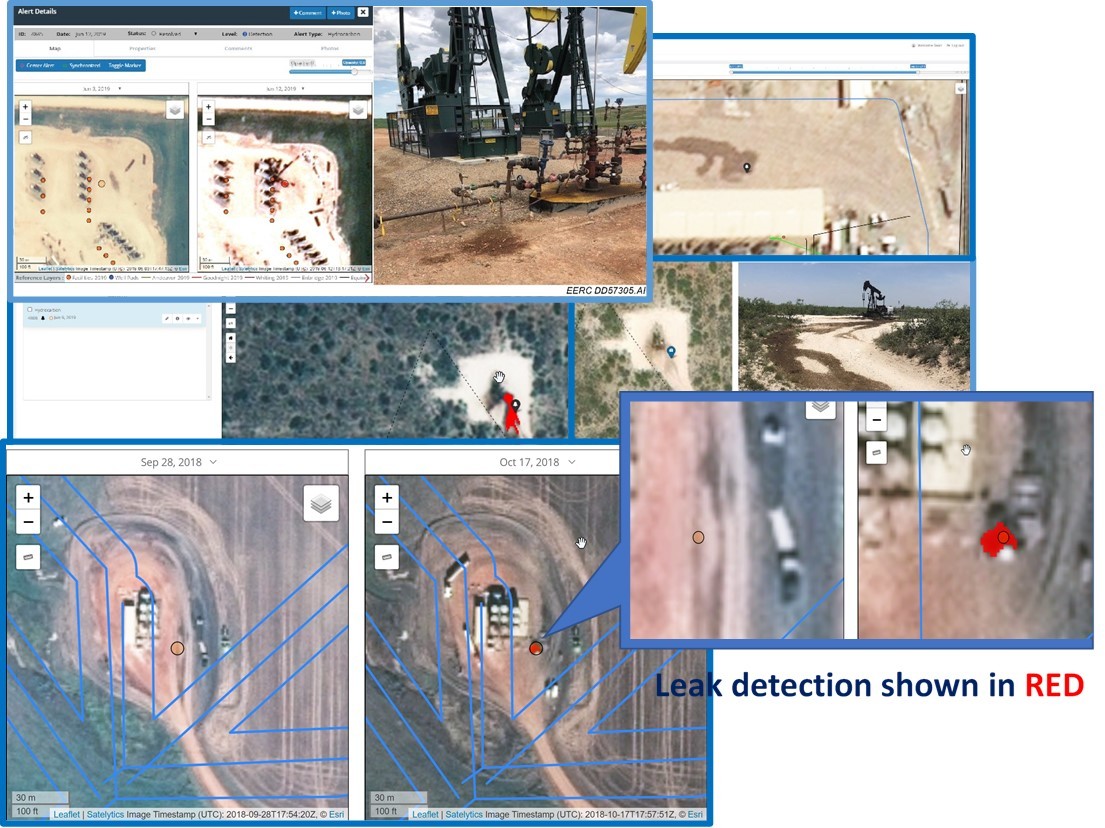
• General

• General
The Ugly is in the news with a crude disaster on the cusp off the coast of Mauritius. Though disasters like this are not seen regularly, hydrocarbon pipeline and well pad leaks of smaller magnitudes do happen. Oil & gas and pipeline companies care deeply about the environments their assets transect. Leak detection via SCADA systems, corrosion prevention programs, internal inspections, and many more, have made pipelines the safest way to move vital oil across the world.
The Bad is that hydrocarbon leaks do occur — with causations including age of infrastructure, land movements, construction activities along the right-of-way, and human error. There are many technologies that alert organizations to these conditions, including 811 or SCADA systems. However, a real challenge for the oil & gas community are leaks, usually relatively small, that go undetected for long periods of time. Additionally, the networks of small diameter gathering lines may not have leak detection systems like their larger diameter cousins. In many cases, regulations do not impose the same level of scrutiny on gathering line networks.
The Good news is Satelytics' leak detection does not discriminate, all infrastructure, all diameters, its purpose in the chain, regulated or not. All assets can be kept under Constant Vigilance™ with Satelytics' software and science. Yes, even the “drip drip, drip drip” leaks that may remain under the surface — or have reached the surface but are too small to be noticed by aerial or ground patrols — are discoverable. Satelytics’ leak detection finds events as early as possible, even those below-grade, using surrogates to determine with specificity what is happening.

Satelytics minimizes customer consequence in four key areas:
Satelytics’ science, operating in the infrared spectrum, uses a multi-pronged approach to leak detection. Our AI software identifies unique spectral signatures of hydrocarbon compounds on the surface of land and water — down to ½ meter squared. In addition, Satelytics looks at surrogates like vegetation health, where root uptake of oil is happening, as well as recent encroachments. Algorithms like this are Satelytics' “canary down in the mine,” with the result being that threat alerts are only sent regarding situations needing immediate attention from valued personnel. Minimizing consequences has thrust Satelytics into an essential role for our customers.
Satelytics Inc., www.satelytics.com, is a cloud-based geospatial analytics software suite. Multispectral and hyperspectral imagery is gathered from satellites, UAV, planes, and fixed cameras, and processed to provide both alerts and qualitative results for our customers. Data can be gathered up to a daily basis, and results are sent to customers within hours. This includes the specific problem, location, magnitude, and even qualitative information, which minimizes cost, impact, and operational disruption for our clients.
For more information, contact David Dunham, ddunham@satelytics.com, (o) (419) 728 0060 extension #101, (c) (701) 213 0294.